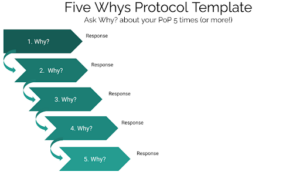- English
- About
- Teams
- CEI Structure
The CEI welcomes in districts and LEAs through a cohort model. Each Cohort makes a two year commitment learn and grow within the initiative, and many stay longer to share their expertise and facilitate the learning of newer cohorts.
-
- Blog
- Learning
- Online Learning
The CEI is proud to offer a selection of CEI-created and curated resources and learning modules on a variety of topics designed to help educators strengthen their community engagement practices.
-
- Joining CEI
- Contact
- Find Your Closest CEI Team
- Search


 Note: This protocol and the Fishbone Root Cause Analysis protocol are crucial components of the Problem of Practice cycle. Starting with the Five Whys and moving into the Fishbone often provides clear root causes.
Note: This protocol and the Fishbone Root Cause Analysis protocol are crucial components of the Problem of Practice cycle. Starting with the Five Whys and moving into the Fishbone often provides clear root causes. 